Best small towns to visit in Spain
We all know that Madrid and Barcelona are the most popular destinations in Spain. However, there is so much more to see than these two Spanish giants. Narrow cobbled streets, magnificent architecture, tasty traditional dishes and cheerful people – all of that is what makes these towns so special and worthy of visiting. Check out our top 10 pick of small towns in Spain!
Table of Contents
Besalú, Catalonia
Besalú is a typical medieval Spanish town which remained intact over the years. This fortified town in the province of Girona is full of narrow cobbled streets. Therefore, we advise you to wear proper footwear. The street from the bridge will take you to the town square Plaça Major, which used to be the centre of Besalú few centuries ago. The most significant monument in Besalú is its medieval bridge looking as from a fairytale about brave knights. On top of that, it gets illuminated in the evening. Also, don’t miss to visit Museum of Miniatures and Microminiatures which has an exhibition of scenes from the 19th century. Some of the miniatures are so detailed that you need a microscope to see them.
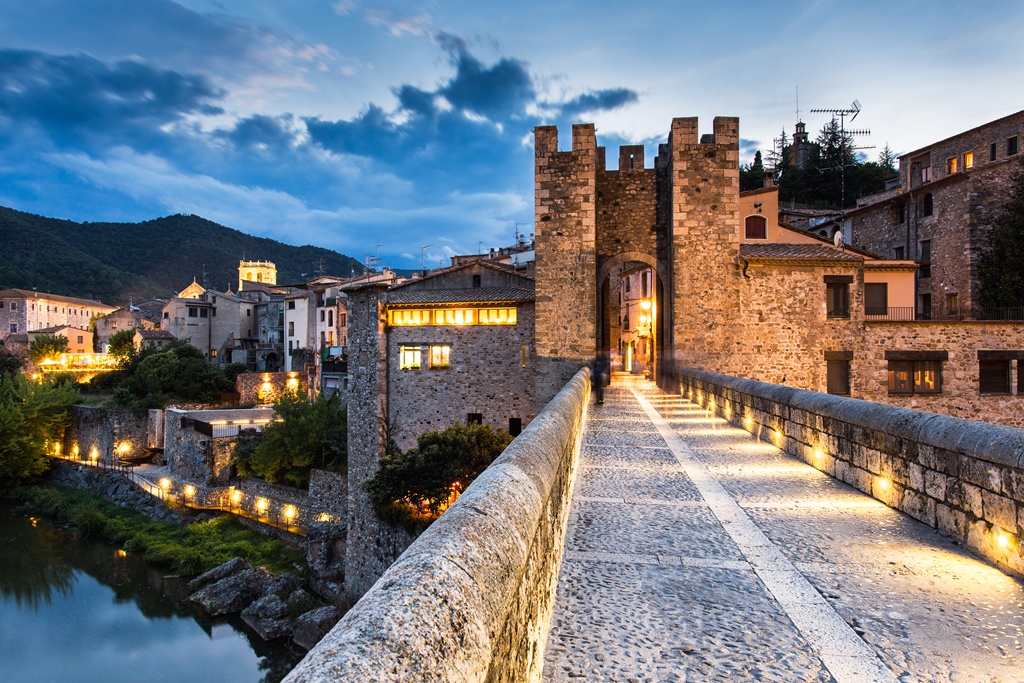
Comillas, Cantabria
You thought only Barcelona had famous works of Antoni Gaudí? Well, you were wrong because the town of Comillas will amaze you with its El Capricho building. The building is has a very unique style which is similar to a Persian minaret. Visit marvelous Sobrellano Palace, situated next to El Capricho. The former palace is currently under the property of Government of Cantabria and serves as a museum. To enter the museum, you will have to pay only 3€. Only 12 kilometres from Comillas is located Oyambre Natural Park in small village of San Vicente de la Barquera. The site offers numerous surfing schools where you can learn how to ride waves.
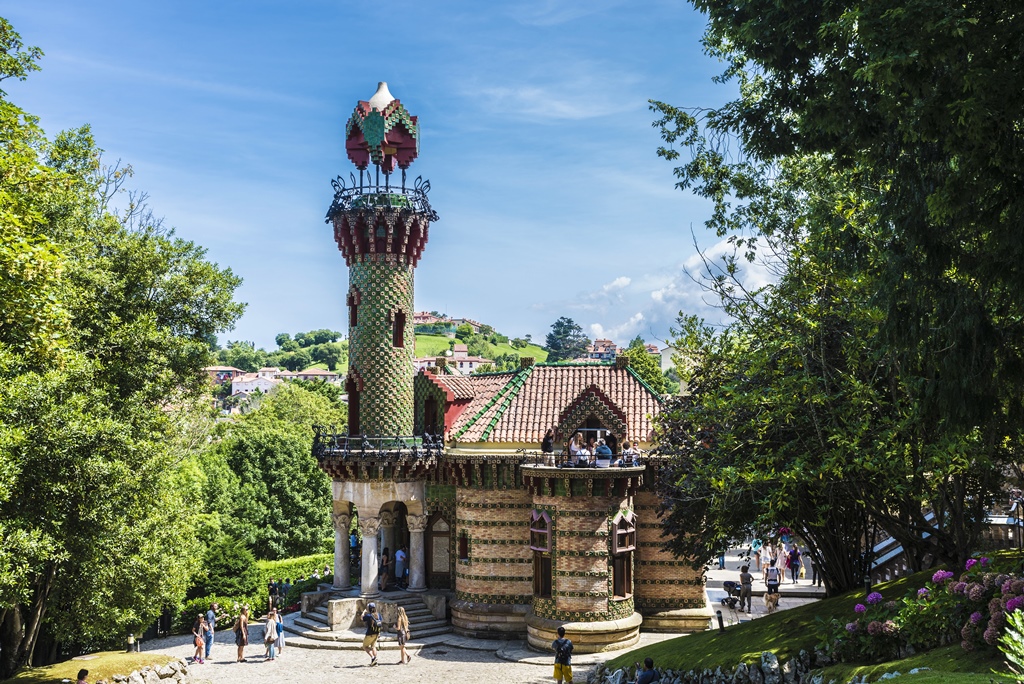
Cuenca, Castilla-La Mancha
Although it is not a big city (counts around 50 000 residents), Cuenca is actually the capital of the homonymous province in Castilla-La Mancha. This town was built on top of steep rocks at an altitude of 956m, and on top of that (no pun intended) the town was listed as UNESCO World Heritage due to well preserved cultural infrastructure. The main monument in Cuenca is Cathedral of Our Lady of Grace, also known as the first gothic cathedral in Spain. From the central square or Plaza Mayor, you can see baroque Town Hall. Probably the most famous part of Cuenca are the so-called las casas colgadas or the “hanging houses”, the example of the traditional Cuenca houses built on the rocks. Today some of them house restaurants and the Museum of Abstract Art.

Olite, Navarre
This small town of merely 3000 residents has a palace which could stand side by side to some of the world-known palaces. We’re talking about the Palace of the Kings of Navarre of Olite. This fortification consists of three main parts: the Old Palace, the New Palace and the church of Santa María la Real. The fairytale-like design of the palace is what makes it so special. The palace wasn’t built all at once, but it is actually a result of expansions throughout the centuries. The mild Mediterranean climate has also made Olite the capital of Spanish wine. So, make sure you sign up for a wine tasting tour and give your palates an unforgettable experience!
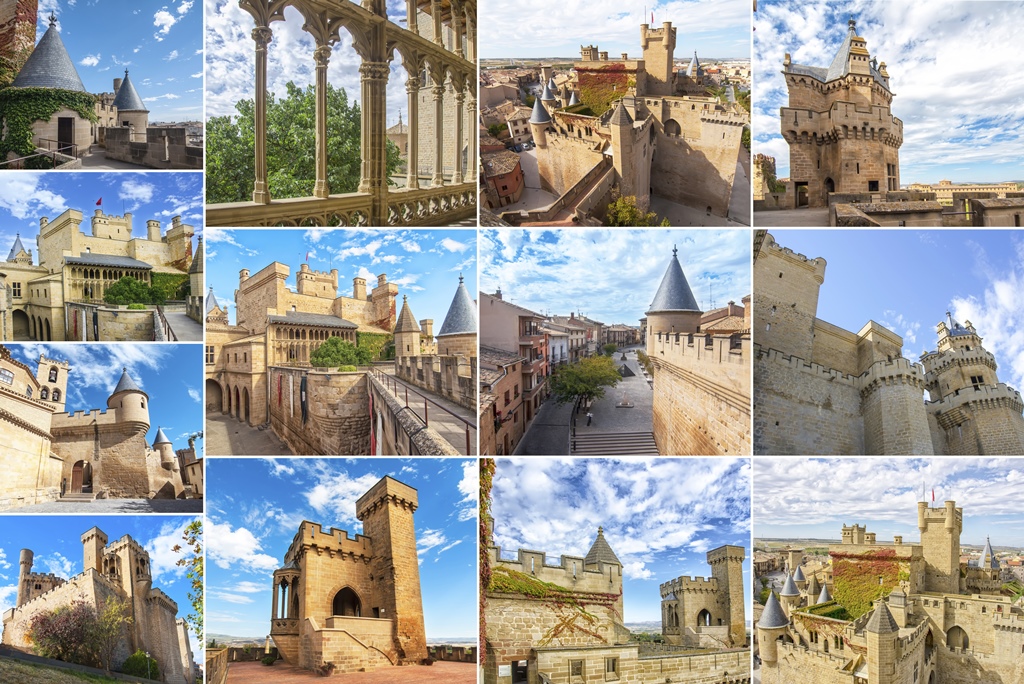
Ronda, Andalusia
We might as well call it “the twin sister” of Cuenca because the town of Ronda is also built on rocks, above the El Tajo canyon. The town is famous for its three bridges: Puente Romano, Puente Viejo and Puente Nuevo which crosses the canyon. You thought bulls were popular only in Pamplona? In Ronda you will find the oldest bullfight arena in Spain which can host up 5000 spectators! Also, you can also visit the museum of Plaza de Toros for 7€ (8.50€ with audio guide). Not many people know that Ronda inspired Ernest Hemingway’s novel For Whom the Bell Tolls. Allegedly, the description of the execution of Fascists thrown off a cliff is said to be modelled on Ronda and El Tajo canyon.

Salamanca, Castile and León
Salamanca is the perfect example of how the modern meets the old. Although it is not really a “small town” in terms of population, it had to make it on our list. The most iconic building in Salamanca is its university, from the 13th century, making it the oldest university in Spain (and third oldest in world!). Even the famous Spanish writer Miguel de Cervantes himself was once the student at this university! Visit the impressive Old and New Cathedral which are one of Spain’s most recognizable gothic buildings. Visitors can climb the towers which are perfect for having a spectacular panoramic view.
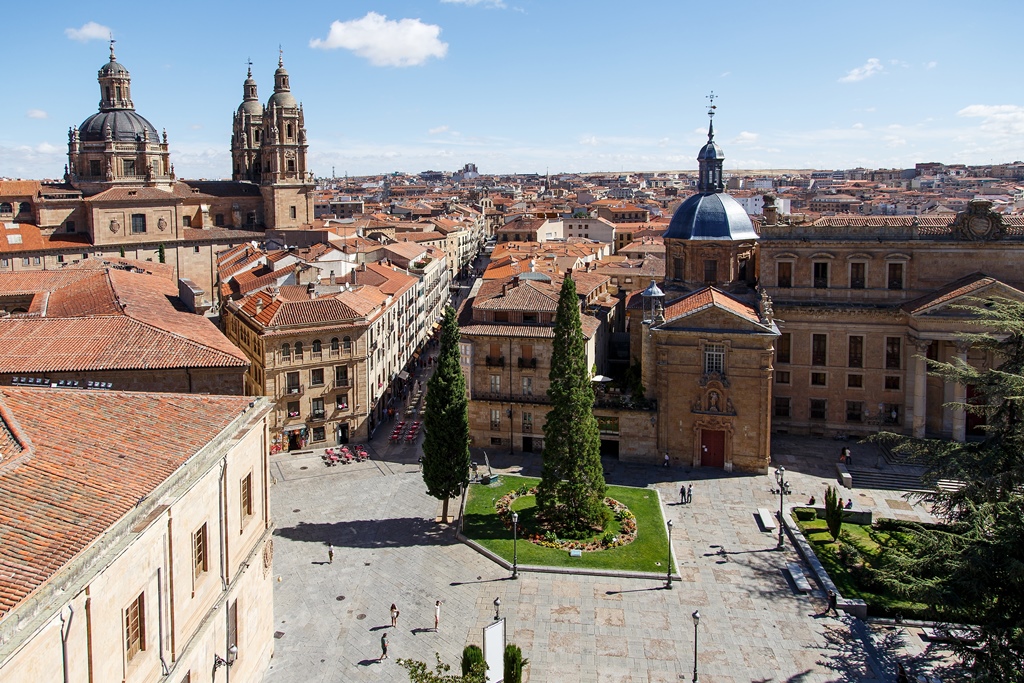
Setenil de las Bodegas, Andalusia
Setenil is probably the most unusual town on this list. We don’t exaggerate when we say that Setenil is a town underneath a rock. That’s right – the whole town with population of 3000 residents lives under a rock. Many say that the residents deliberately built their homes inside of a rock to have shade in the summer and heat in the winter. This town evolved from fortified Moorish settlement and got its name after wineries. Moreover, the wineries were once built inside these rocks (bodega means wine cellar in Spanish). Today the residents of Setenil mostly focus on producing olive oil, almonds and wine.
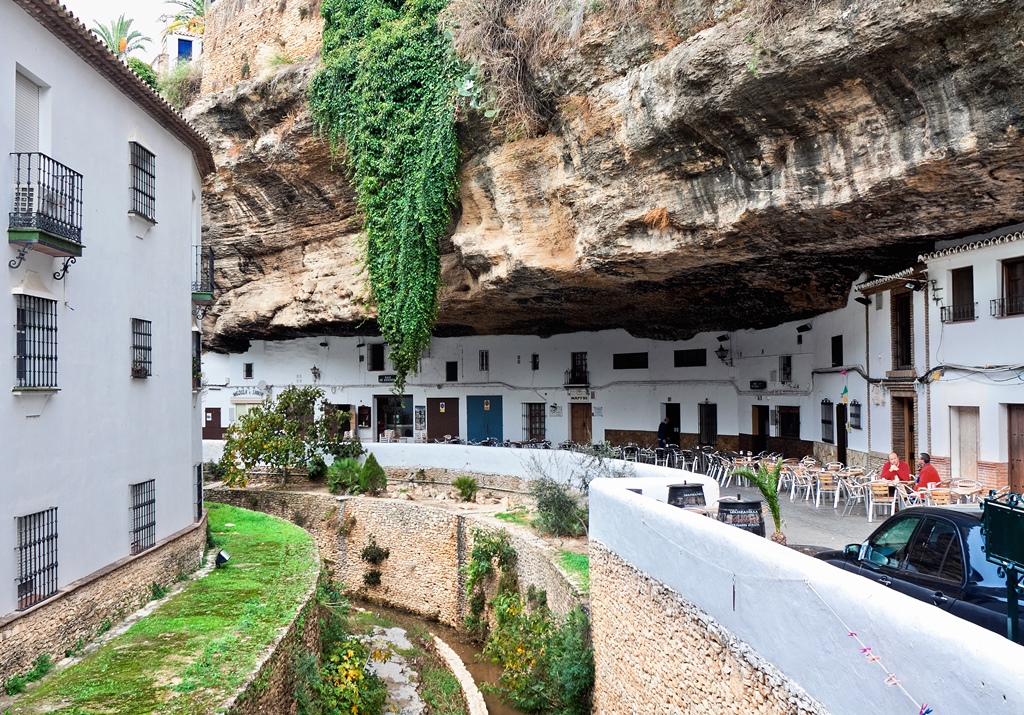
Frigiliana, Andalusia
To get the real picture of Frigiliana, we could compare it to Santorini in Greece. Whitewashed houses and cobbled narrow streets on the hill which overlook sunny Costa de Sol. An interesting fact is that Frigiliana held title of the most beautiful village in Spain several times. The reason is its Morisco-Mudéjar district, famous for its distinctive architectural style. The most popular event in Frigiliana is the so-called Festival 3 Culturas with numerous live stage performances and street performers. Particular is “the route of tapas” race. For only 1.50€ a piece you can try different kinds of tapas and drinks. Also, the restaurants prepare special menus with Jewish, Arab or Christian food.

Mérida, Extremadura
If you wish to travel back in time of the Roman Empire, we recommend visiting Mérida. Undoubtely, Mérida is one of the best-preserved Roman ruins. The capital of Extremadura is home to one of 45 UNESCO sites in Spain, the Puente Romano. Namely, Puente Romano is the longest Roman bridge in the world. The Roman Theatre from the 16 BC could accommodate almost 6000 spectators. Surprisingly, this is equal to some of the biggest football stadiums today. All the ruins in Mérida are close one to another so you can do the tour by foot.

Peñíscola, Valencian Community
Known as the “Gibraltar of Valencia”, Peñíscola was for a long time just a basic fisherman village. However, with the passage of time and ever growing tourism, this town “in the sea” became a secret gem. Visit the Castle of Pope Luna which stands on top of the Peniscola hill and get a perfect 360° view. Peniscola is a must-visit for the fans of worldwide famous TV show Game of Thrones as some of the Meereen scenes took place here.







I’d like to add to the list Gerona, Santillana del Mar, Caceres, Nerja, Toledo, Avila and Segovia.
Spain is a beautiful country having many gorgeous and magnificent places like Barcelona, Ibiza, Madrid and many majestic places and mountains.
Darling, have you read the post? Or at least the title? It’s about SMALL towns!
Cuenca, Salamanca and Mérida aren’t small towns by any means.
Thank you for a wonderful tour. I learned so much.